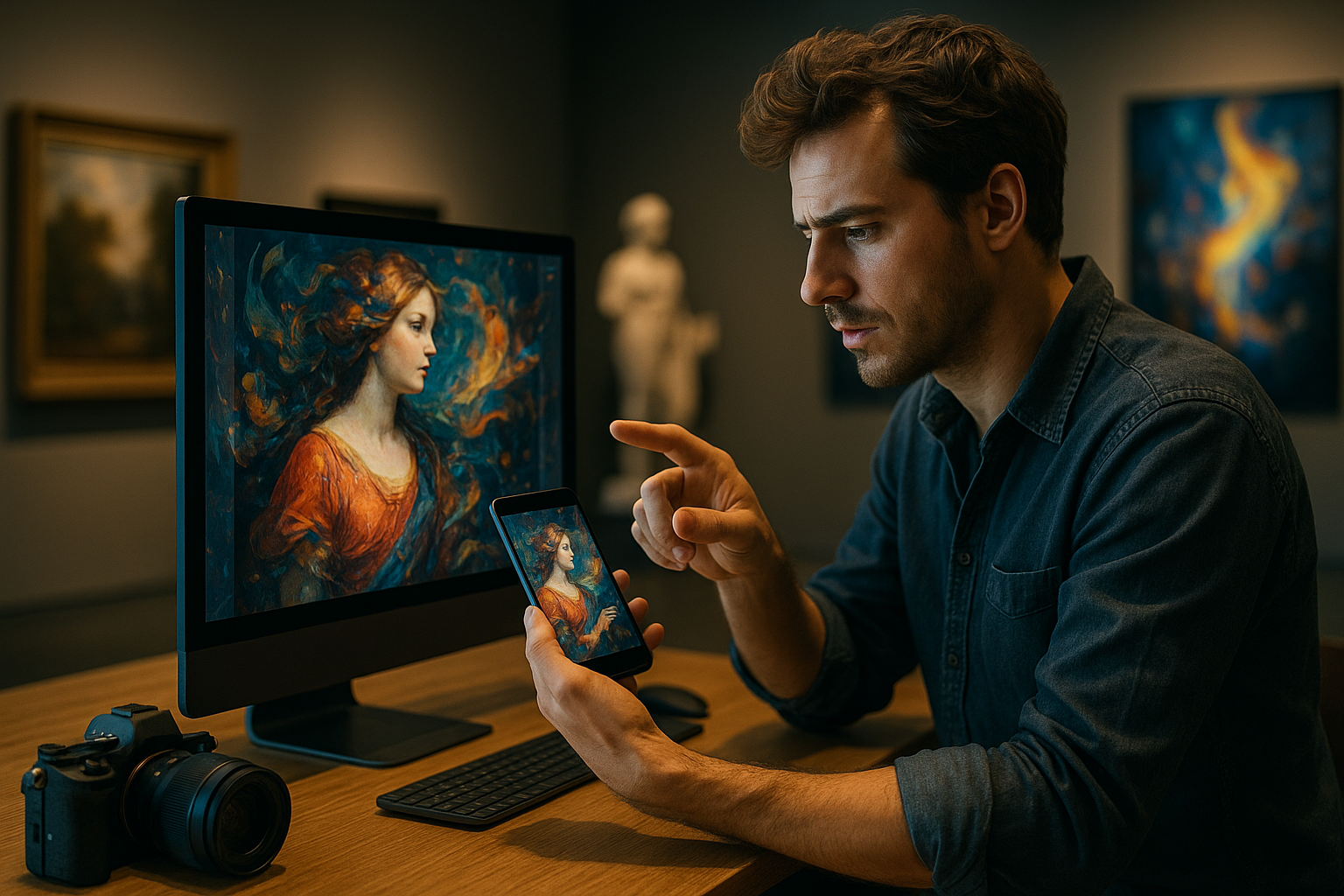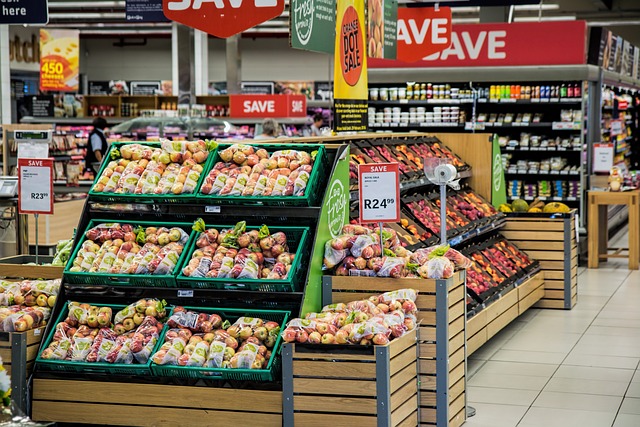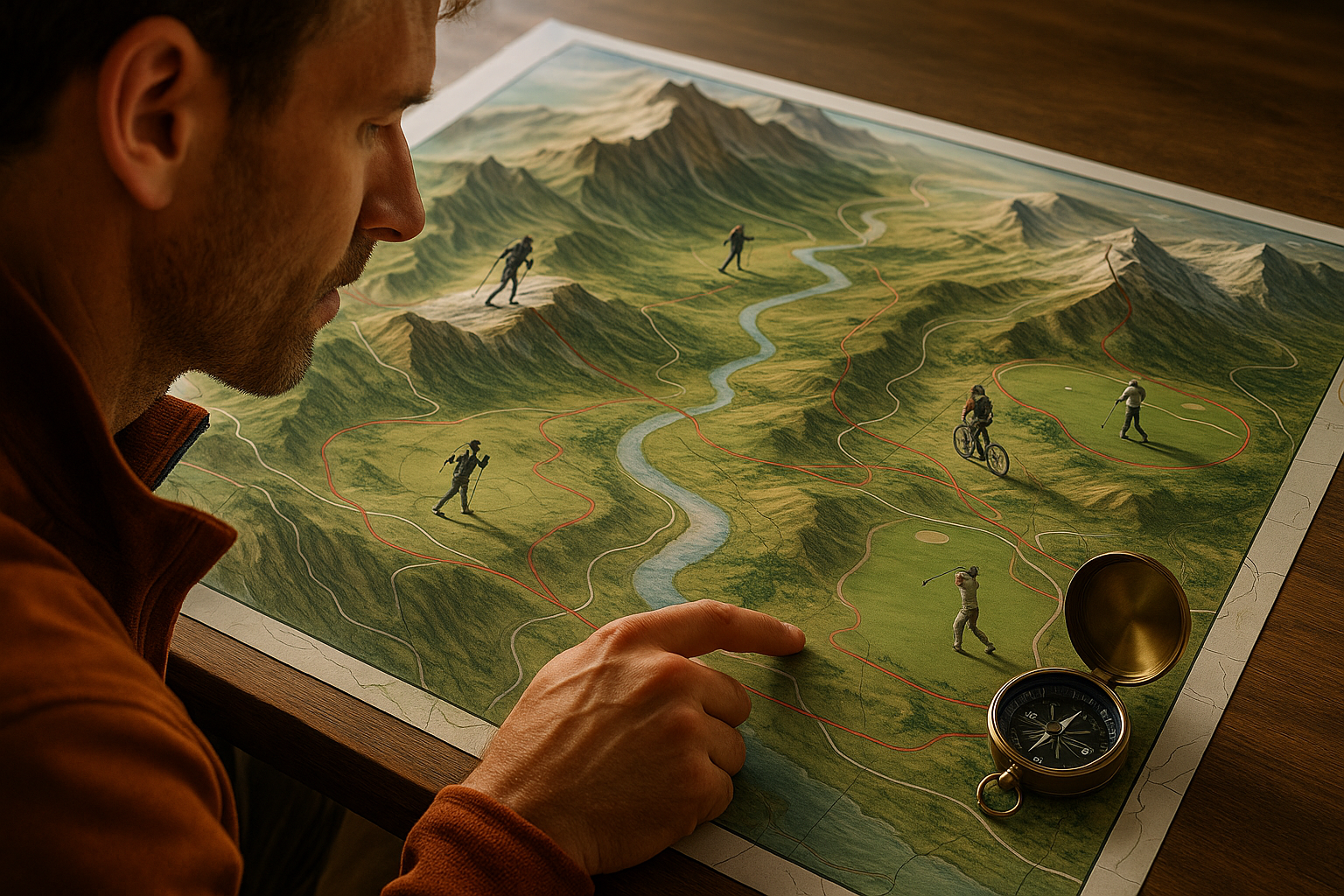Digital Renaissance: How Technology is Reshaping the Artistic Landscape
In the swirling vortex of the digital age, the world of arts and entertainment is undergoing a metamorphosis. The rise of new technologies has triggered a seismic shift in the creative landscape, opening up fresh avenues for artistic expression and audience engagement. This article delves into the heart of this digital renaissance, exploring how technology is reshaping the arts and entertainment industry.

A Brief Historical Overview
Art is intrinsically tied to the technologies of its time. From the cave paintings of the Paleolithic era to the grand frescoes of the Renaissance, the evolution of art has always been driven by technological innovation. The advent of photography in the 19th century, for example, revolutionized visual art, challenging artists to explore new forms of representation.
The digital age has been no different. Over the last few decades, we’ve seen a proliferation of digital tools and platforms that have transformed the creation, distribution, and consumption of art. Indeed, the intersection of art and technology is not a new concept, but the pace and breadth of this convergence has accelerated dramatically in the 21st century.
The Here and Now: Art in the Digital Age
Today, artists are harnessing the power of technology to push the boundaries of creative expression. Digital art has emerged as a vibrant and diverse field, encompassing a range of mediums from digital painting and 3D modeling to interactive installations and virtual reality experiences.
Moreover, the COVID-19 pandemic has accelerated the digital transformation of the arts and entertainment industry. With physical venues shuttered and live events cancelled, artists and institutions have been compelled to innovate, leveraging digital platforms to reach audiences in their homes. We’ve seen an explosion of virtual exhibitions, online performances, and digital workshops, reshaping our conception of what art can be and how it can be experienced.
Impact and Reception: A New Artistic Paradigm
The impact of this digital renaissance is profound. It has democratized art, breaking down barriers of access and participation. Digital tools have made art-making more accessible, allowing anyone with a computer or a smartphone to become an artist. Meanwhile, the internet has opened up global audiences, connecting artists with viewers across the world.
However, this new paradigm has also sparked debates about the nature and value of art. Critics argue that digital art lacks the authenticity and tangibility of traditional art forms. Yet, proponents contend that it represents a new mode of artistic expression, one that reflects the realities of our digitized lives.
Looking Ahead: The Future of Art in the Digital Age
As technology continues to evolve, so too will the artistic landscape. Emerging technologies such as artificial intelligence, blockchain, and augmented reality promise to further disrupt the arts and entertainment industry, offering exciting possibilities for creation and consumption.
Yet, amidst this digital revolution, we must not lose sight of the human element in art. For all its potential, technology is merely a tool; it is the artist who breathes life into art, infusing it with emotion and meaning. As we navigate the future of art in the digital age, it is this delicate balance between human creativity and technological innovation that will continue to define the artistic journey.
Conclusion
The digital renaissance is a testament to the enduring adaptability of the arts. In the face of technological disruption, artists are not only surviving but thriving, harnessing the power of digital tools to reimagine the realms of creative expression. As we stand on the cusp of this new artistic era, it is clear that the future of art is not only digital—it is boundless.




